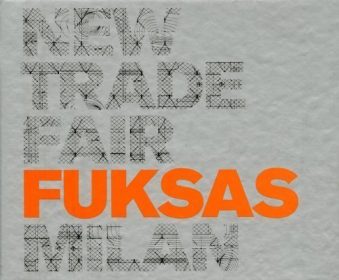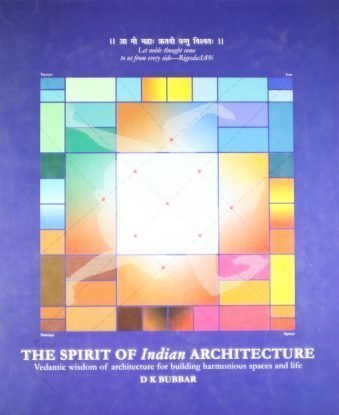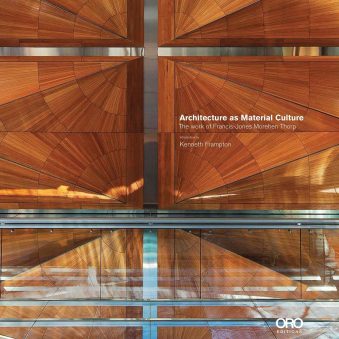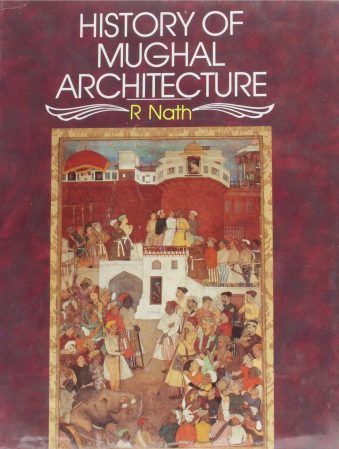- Empty cart.
- Continue Shopping
Educating Architects
₹1,800.00
- By
- Hardcover: 400 pages
- Publisher: Thames and Hudson; 1 edition (18 November 2014)
- Language: English
- ISBN-10: 0500343004
- ISBN-13: 9780500343005
- Product Dimensions: 19.8 x 3.6 x 25.9 cm
1 in stock
An anthology of essays by the world’s leading educators on how aspiring architects should be taught and trained
The practice of architecture has changed dramatically in recent years through digital technologies, material science, and new structural possibilities. Images of striking new buildings from around the world have become a part of our visual culture. What is less known, but perhaps more important, is how the architects who created these marvelous buildings were educated.
This is the first volume to comprehensively consider the role of architectural education in the twenty-first century. Many students come to architecture relatively late in their education, so it is in college where they come into contact with those who will influence their entire careers. Many top schools are run by leading global practitioners, who, some might argue, have more lasting influence as educators than as architects.
The wide range of pedagogical philosophies and practical lessons, set out in specially commissioned essays, creates a fascinating picture of how our ideas and practices of architecture are formed, nurtured, and ultimately built for the world to see.Through both the professional and educational experience of the contributors, we discover many unexpected and unorthodox methods for teaching those who will build our world.
Neil Spiller and Nic Clear pour their enthusiasm for a type of education . . . into the pedagogy of their new department. . . . Tucked into the book are outliers who have smart things to say about contemporary architectural education.—Architectural Record
About the Author
Neil Spiller is Hawksmoor Chair of Architecture and Landscape and Deputy Pro Vice Chancellor at the University of Greenwich, London. He is the author of Visionary Architecture and Digital Architecture Now. His architectural design work and research has been widely published and exhibited worldwide.
Nic Clear is Head of the Department of Architecture and Landscape, University of Greenwich, where he teaches Unit 15, which specializes in the use of film and animation to generate and represent architectural spaces. He was guest/editor of the AD issue Architectures of the Near Future (2009), and has contributed to the Oxford Handbook of Science Fiction.















